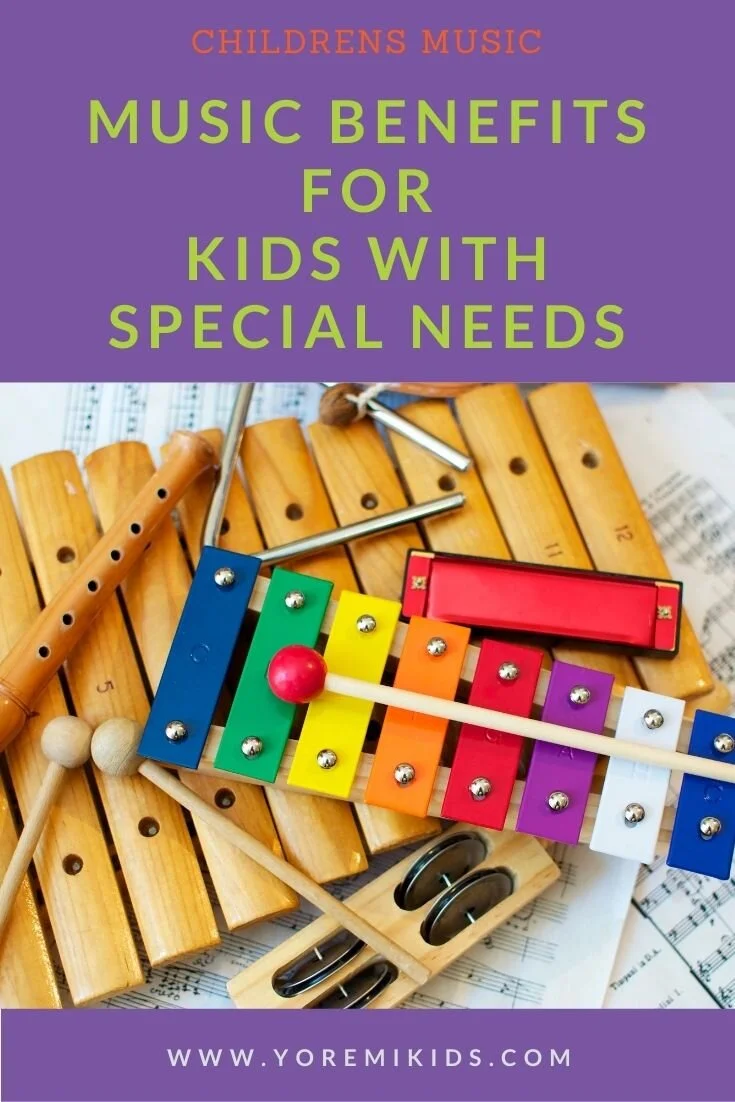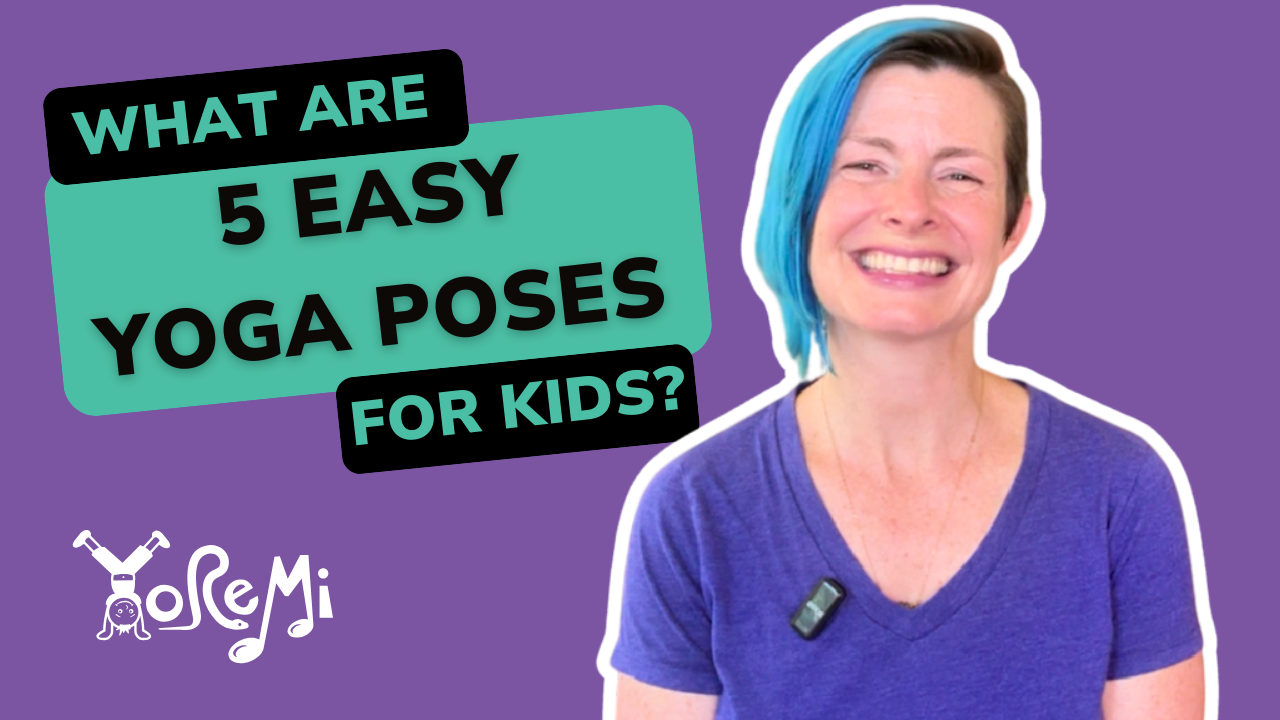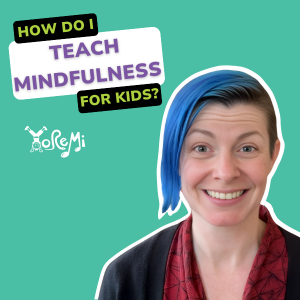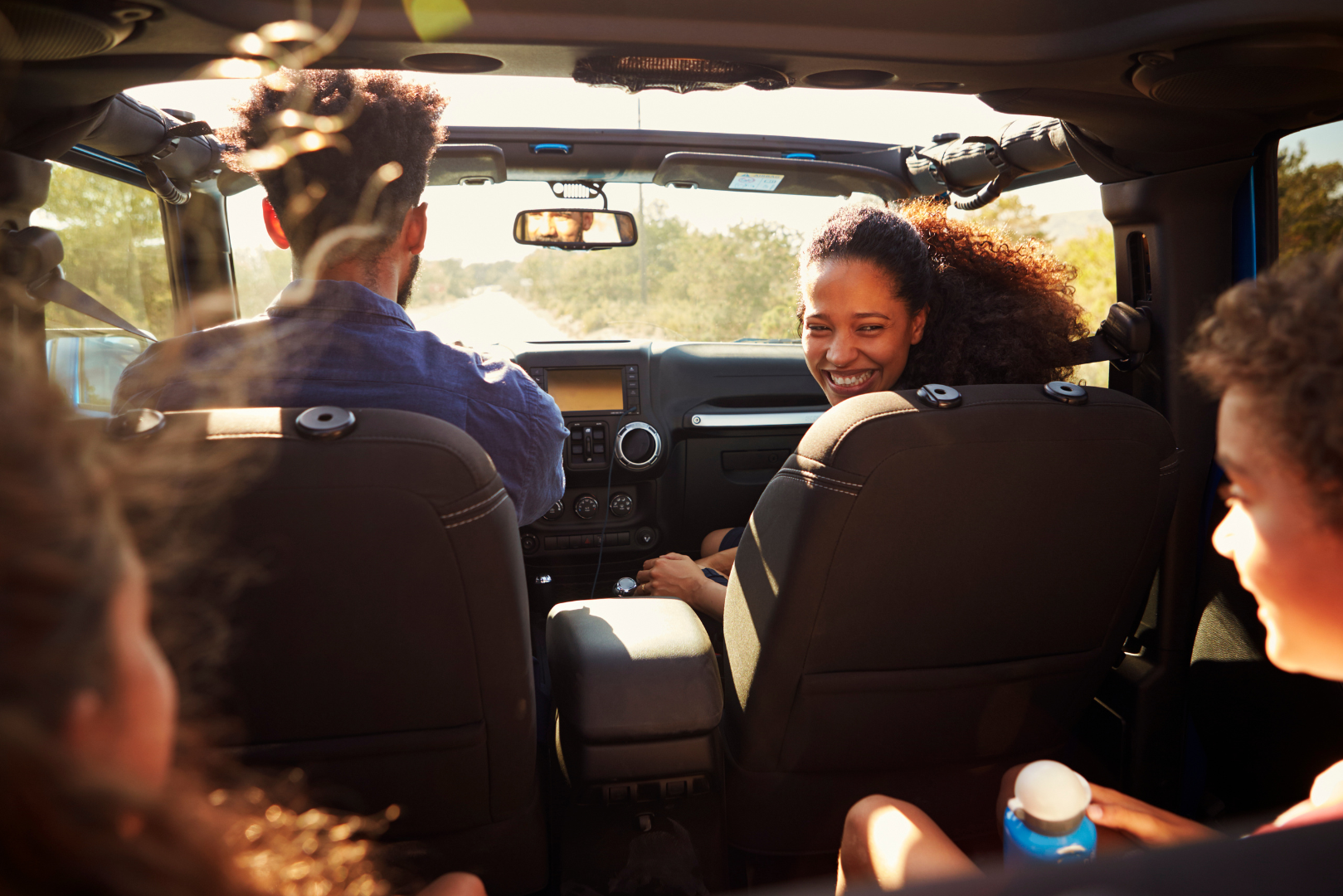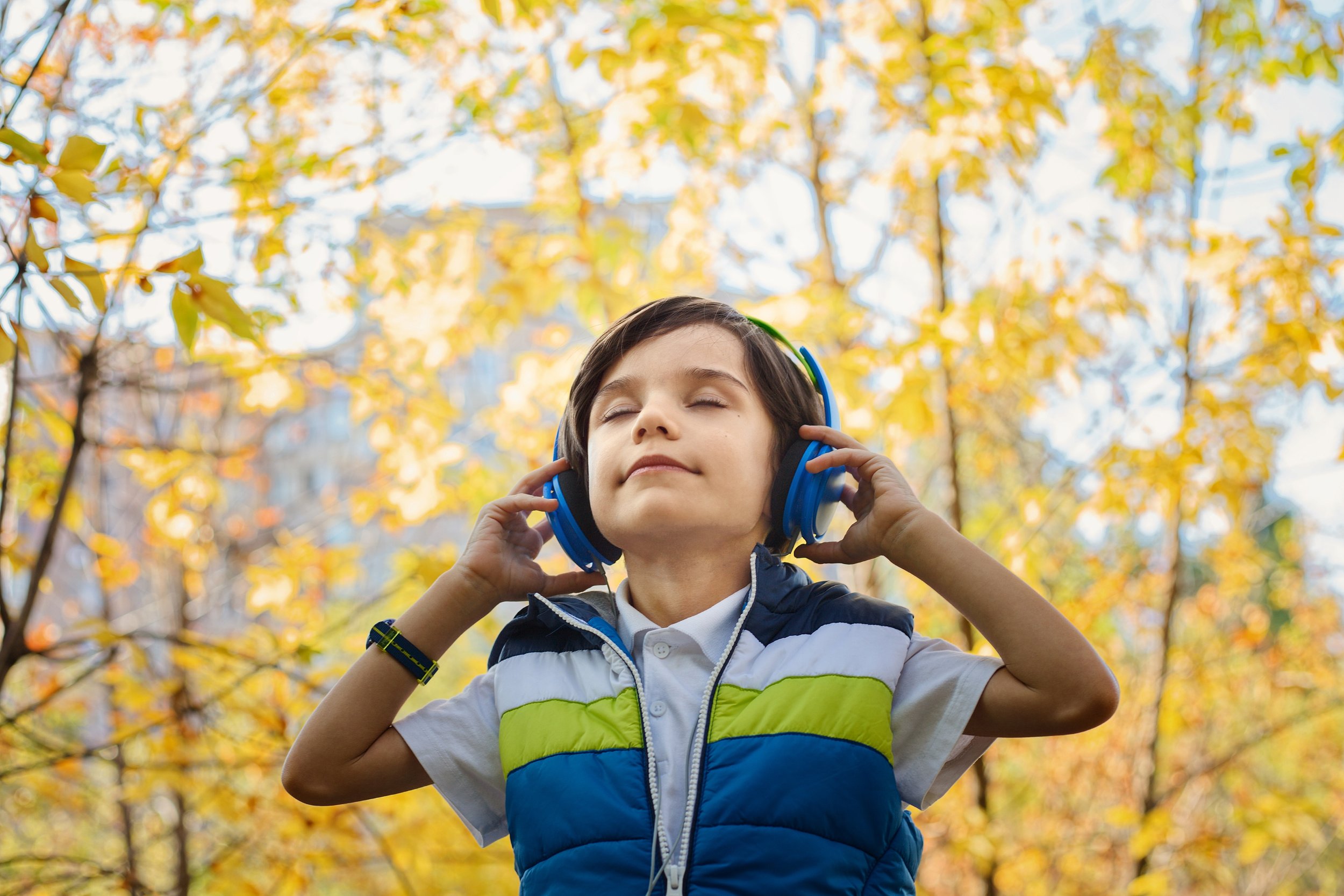Why Music is Powerful for Children with Special Needs
Our beautiful, unique, curious enthusiastic children come in all shapes and sizes.
Children with special needs (those with physical, developmental, neurodiverse, and/or behavioral attributes not conforming to a standardized notion of “typical”) need educational experiences that acknowledge and support their journey.
Support that is meaningful, artful, compelling and effective.
Music can help support child development, encourage sensory exploration, and build emotional regulation in all children, but the benefits of music are especially meaningful for children with special needs.
“Who is special?”
As I write this, I also consider the children with special needs who experience the trauma of systemic racism. These children have needs which often go undiagnosed, yet the condition for their suffering is built into in the architecture of inner-city schooling.
Who is supporting them?
Can the problems they face be truly addressed from inside the system?
What conditions must exist for these children to thrive?
What must change?
And what of the child whose inner life is overlooked as they outwardly present as “typical,” or come from a family or society where their specific needs go unspoken or unaddressed, where parents who are willfully ignoring, or afraid to admit, what a counselor might see as an emergent need?
Embracing the diversity of our student populations - anticipating their needs - has incredible benefits for all: boosting confidence, creating empathy, and making children know they are accepted, cherished as valuable members of our school communities and families.
We should be proactive in our teaching - supporting each child in anticipation of needs, not in reaction to them.
Every child can use music as a tool to grow.
Let’s explore why music is powerful for children, focusing the lens on classrooms that serve children with special needs.
1. Music is a Multi-sensory Experience
Some children experience music primarily through hearing, while others are more attuned to the physical sensations caused by vibrations.
Some children see music in their heads, visually as light or pictures or movies. Most of us experience music as a combination of these things. You can also use musical yoga for sensory integration.
Playing music during activities such as snack, rest, or choice time, may allow you to notice the different ways your children process music. Try this ukulele relaxation for resting time.
2. Music is a Non-Verbal Experience
Children do not need to be verbal to communicate and appreciate music. The baby who coos, voice sliding up, down and around, is similar to any young person who gleefully makes a song from scratch, or the child who is currently not speaking but may at some point begin.
Through experiencing music we grow our vocabulary for rhythm, pitch, tone and volume.
We may start to understand how words or sounds get organized, and we are able to put some of those pieces together and make our own sounds, maybe even our own words. This may be in our heads, or in a room where no one else is listening, or for all present to hear.
As we regard the 100 languages of children in the Reggio Emilia approach, we know that children process and problem solve using a variety of verbal and non-verbal languages.
All children will use music as a language to communicate - the rhythm of a hand tapping a desk, a head nod, a tongue click - there’s music in all of that and more.
3. Music is a Physical Experience
Expanding beyond the slightest toe tap or head nod, at Yo Re Mi, we champion the work of Emile Jaques-Dalcroze, who understood that beneath all the notes on a page was an intense library of human experience, living in the skeletal, muscular and central nervous systems of the body.
His “eurhythmics” inspire us to bring our individual physicality to all our experiences of music. This could look as big as interpretive dancing, and as small as eyes blinking.
4. Music Motivates Us
Many classrooms celebrate with dance breaks. Why are they so darn fun? Because high-energy, fun music has a pace which increases our breathing, our pulse, our circulation.
The dancing makes our bodies feel wonderful - releasing lymph, moving air, loosening joints and stretching muscles. It also requires coordination which we develop over time.
We may use the motivating properties of music to encourage a lesson - try including a warm-up and a celebratory dance party as part of a PT or OT routine. We crave excitement and music is one way to get there.
5. Music is Therapeutic and Promotes Emotional Regulation
Every child from every corner of the world has big emotions. It is not easy to bring them into words - and we may not have the words, or the ability to share them. But it may be possible to sing those feelings!
Even if there are no words to attach, giving voice to emotions is an important step in our cognitive and behavioral development. This helps develop emotional regulation and awareness.
A child who is struggling to share materials, or feels misunderstood, may have a dramatic reaction - so what if we provide a platform for that expression? For many children it will be an in-road to emotional stability and self expression.
6. Music Helps Us Communicate
Beyond “singing what you feel,” music also facilitates breath support, sound production and speech development.
Music offers examples of language about ‘what I want’ or ‘what I’m feeling’ which can provide templates for language learners. It also promotes memorization, simple patterns, straight-forward syntax, and the notion of pauses and breaks.
We pair music with movement and partner yoga poses when we create an environment conducive to building teamwork and cooperation skills.
7. Music Helps Us Find Common Ground and Connection
Group dynamics are facilitated by musical activities, which increase empathy and foster emotional connections between group members. A classroom gleefully singing “Jingle Bells” may be able to transfer their collective enthusiasm toward other group goals.
In every classroom of every set of children of every ability, there are favorite songs. The favorite songs of neurotypical children are no different than the preferred songs of children with physical disabilities, or behavioral challenges, or neurodiversity, or sensory impairments.
What’s more, the sharing of music reinforces our sameness, our unity.
In classrooms which practice inclusivity, children may be paired as buddies based on similar interest. (These two children both love “Let It Go”.)
The resulting interaction starts from a place of unity, which frequently supersedes any potential conflicts based on differences.
Sharing songs from different cultures, households, traditions and perspectives also does the classroom incredible benefit of creating a space that feels cumulatively safe, where everyone is seen, heard and celebrated.
As you work through all the ways music can be profoundly effective in your classrooms, I encourage you to look at how you experience music, and how it affects your mind, body and spirit - and share that with your students as well. Here’s a list of easy DIY music instruments you can make too!
The community you are facilitating with your children is always more enriched by your personal passion and experiences.
Have fun, and keep singing!
Save this article for later and don’t forget to download the Yo Re Mi app for children’s mindfulness and musical yoga videos.




